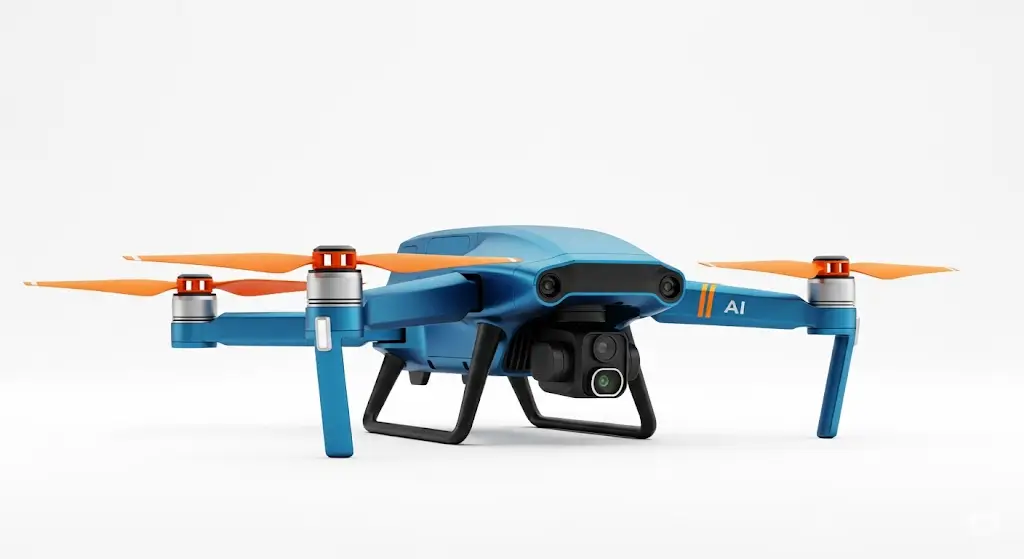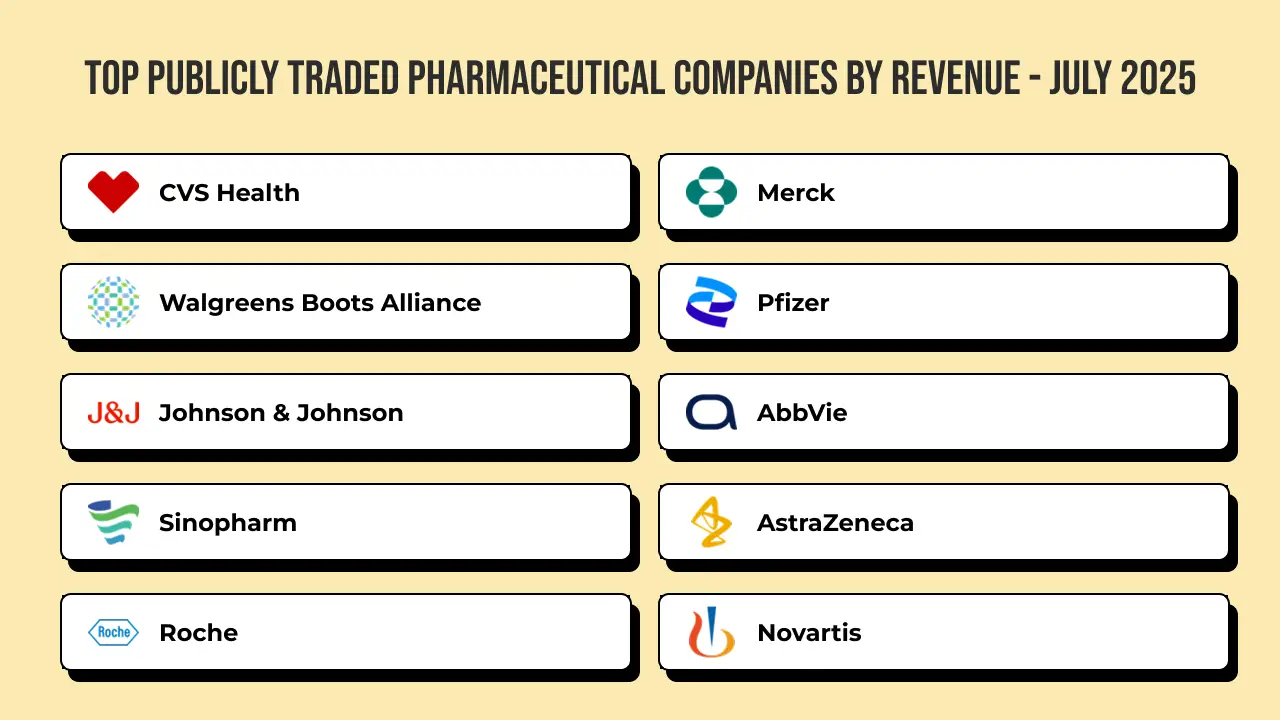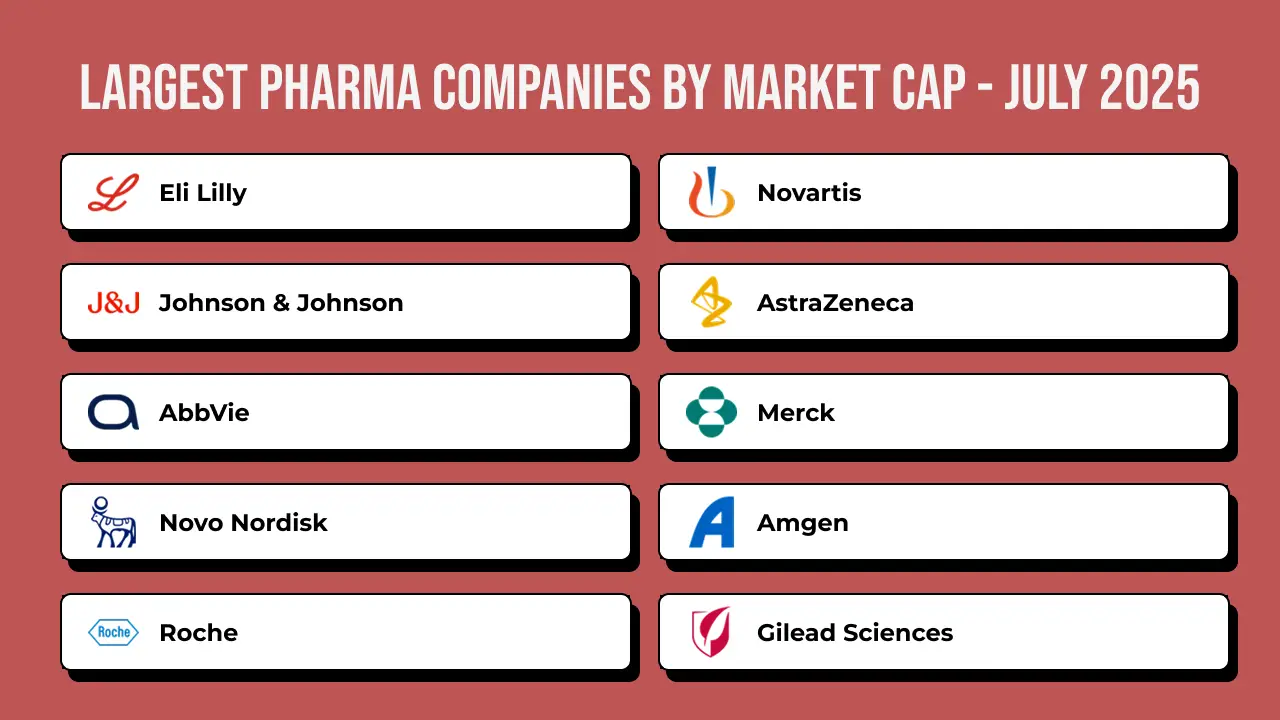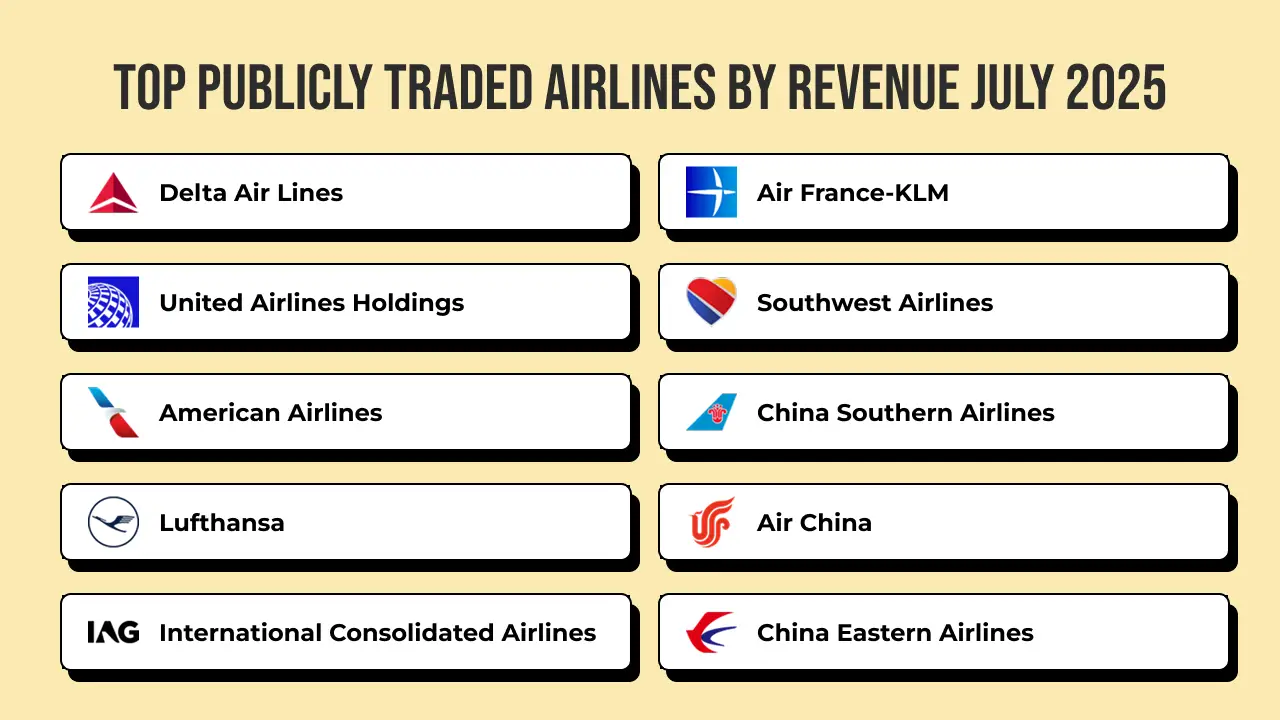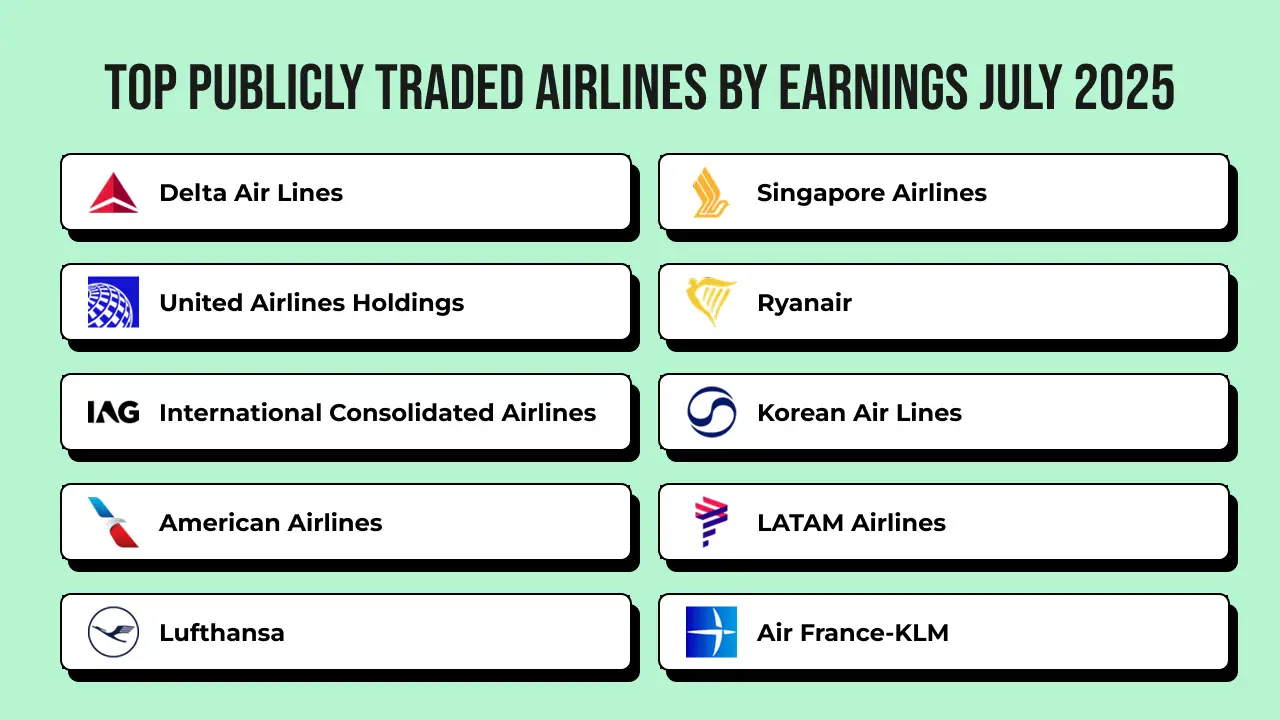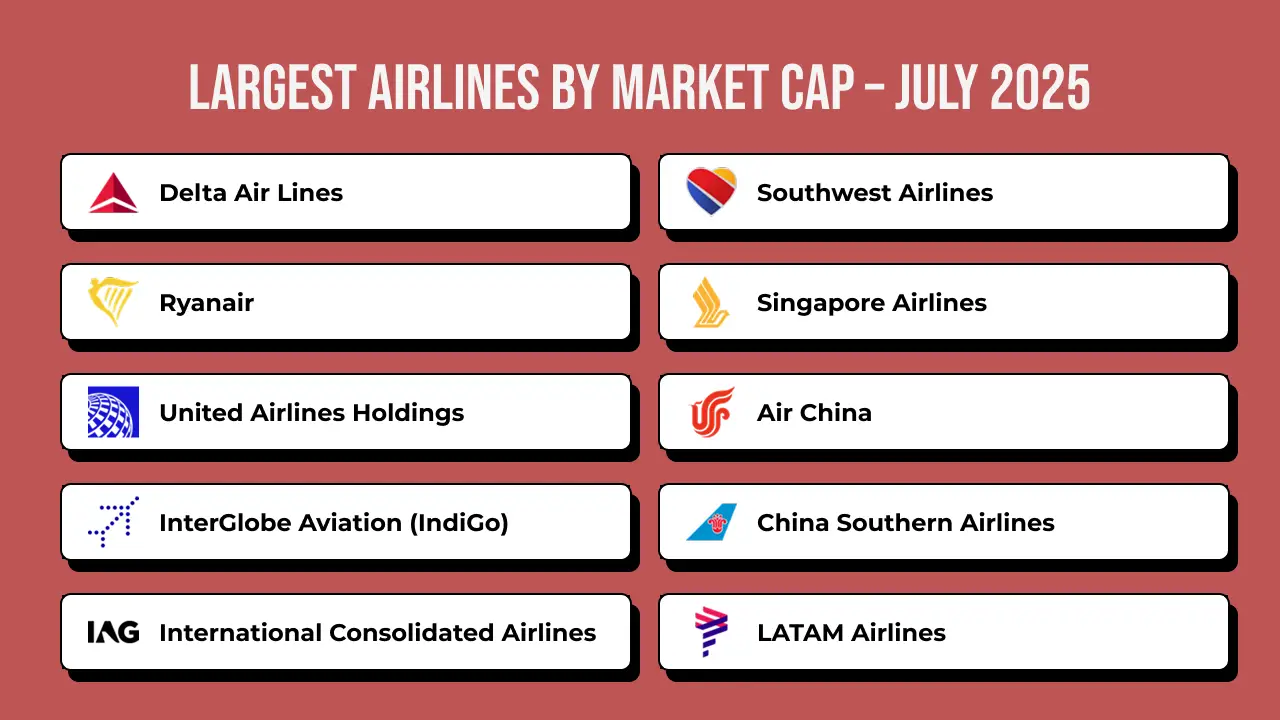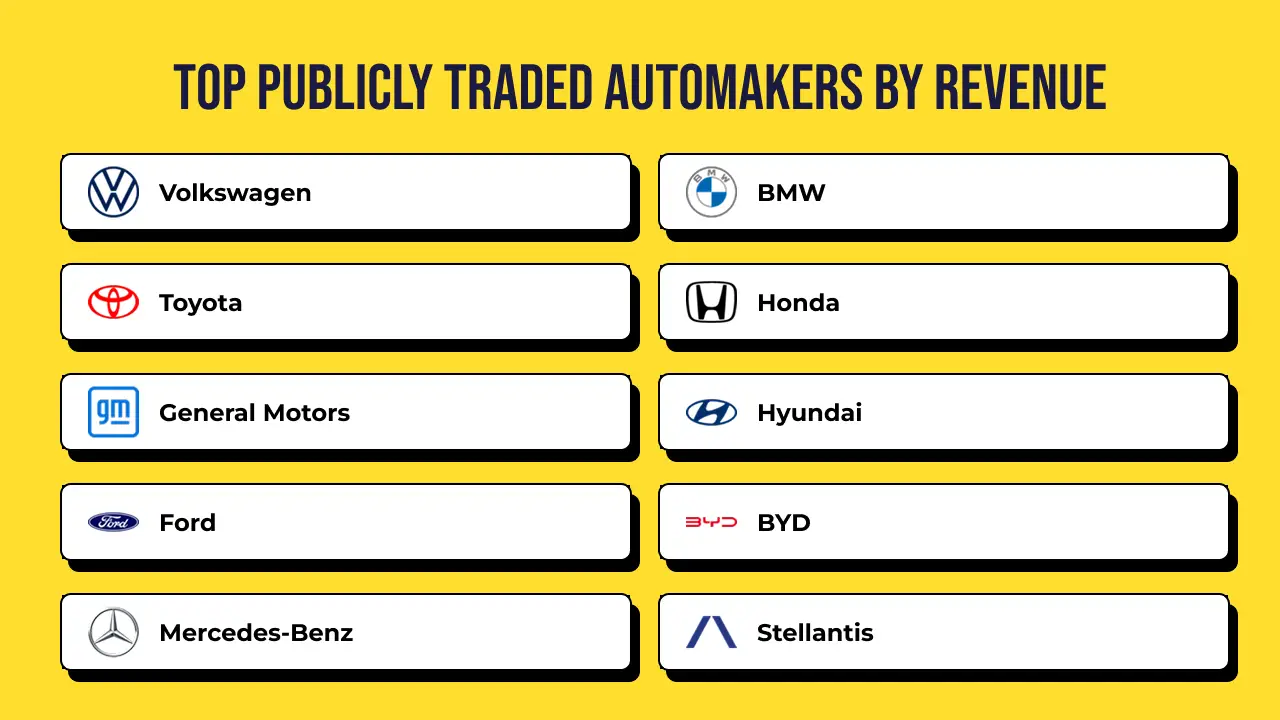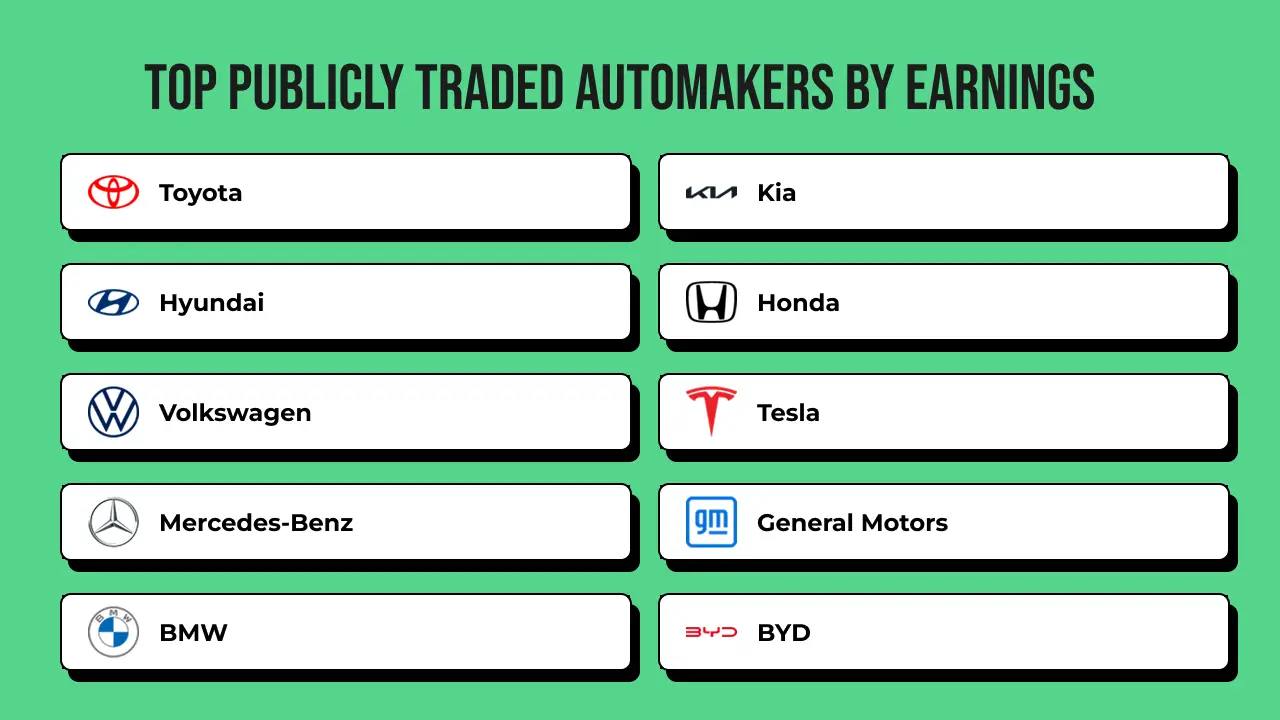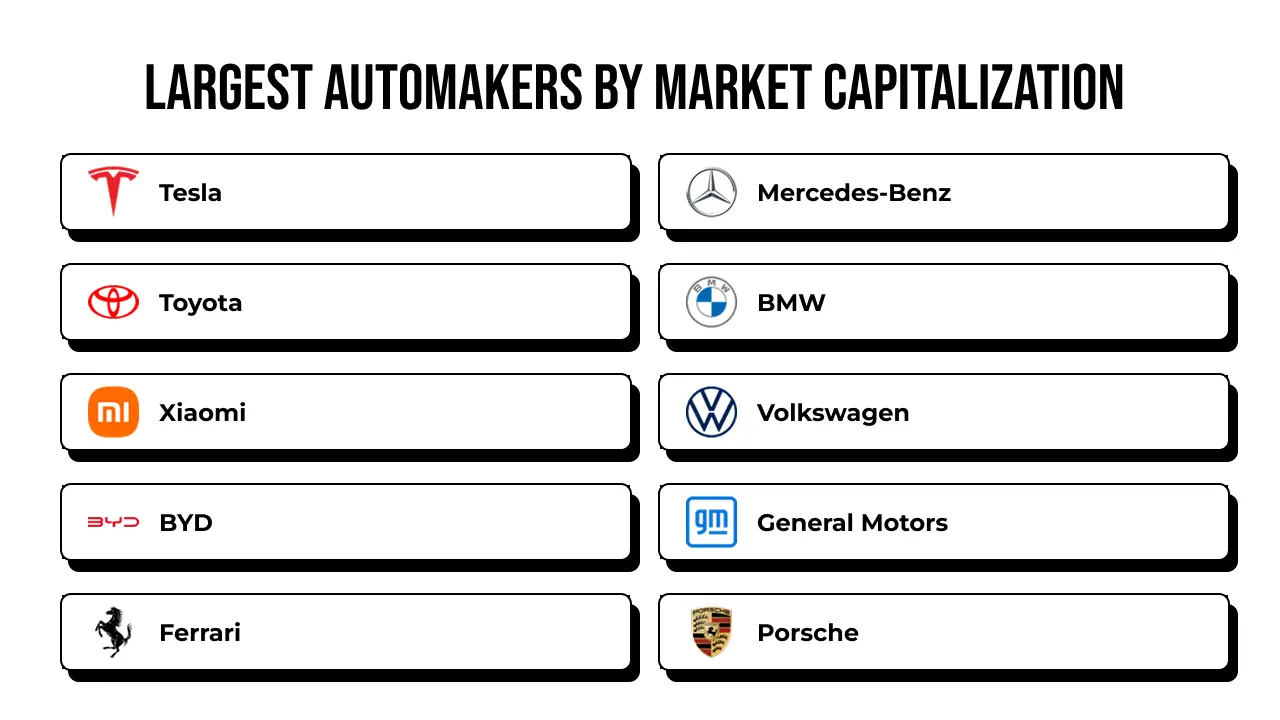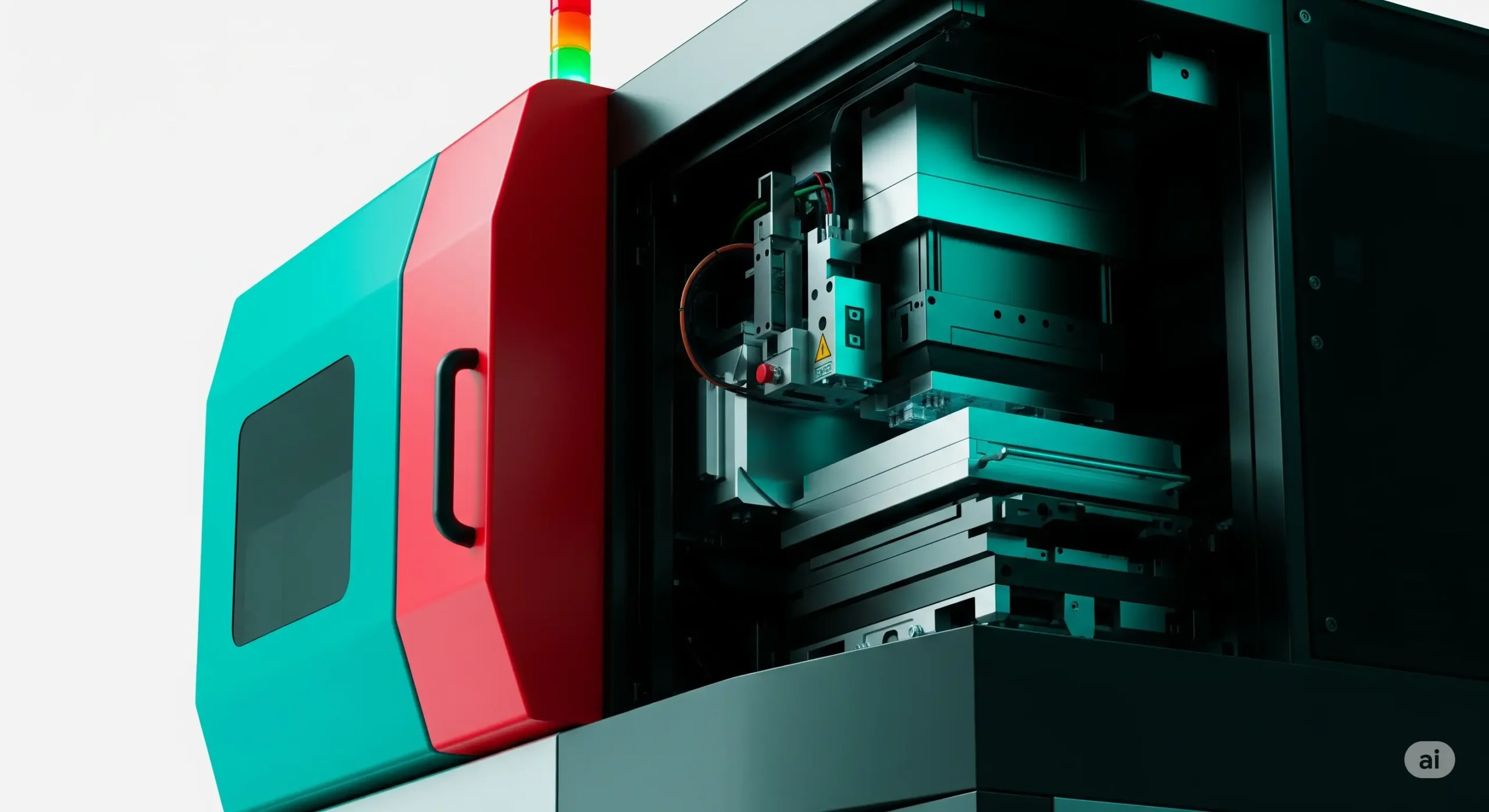As I delve into the dynamic world of AI drones, I’m struck by the staggering market figures driving this industry forward. In 2023, the global AI drone market was valued at approximately $17.5 billion, with projections estimating a soar to $63.6 billion by 2029, reflecting a robust compound annual growth rate (CAGR) of 24.3%. This explosive growth is fueled by increasing demand for autonomous operations, enhanced data analytics, and advanced sensor technologies across various sectors. The integration of machine learning and computer vision has transformed drones from mere flying gadgets into intelligent systems capable of complex tasks. My exploration reveals that investments in research and development, coupled with supportive government policies for drone usage, are accelerating this market’s expansion. The potential for AI drones to revolutionize industries like agriculture, logistics, and defense underscores the financial optimism surrounding this sector.
Examining the market’s segmentation, I find that AI drones are categorized by application, component, and platform. Key applications include agriculture, defense, logistics, construction, and entertainment, with the defense sector commanding the highest share, accounting for over 35% of the market in 2023. This dominance stems from the critical need for surveillance, reconnaissance, and combat operations, where AI enhances precision and reduces human risk. The logistics segment is rapidly gaining traction, driven by companies like Amazon exploring drone deliveries. By component, software holds a significant share due to the demand for AI algorithms and data processing tools, while hardware, including sensors and cameras, remains vital. Fixed-wing drones lead the platform category, offering longer flight times and stability for large-scale operations. My analysis suggests defense will maintain its lead, but logistics could close the gap as e-commerce grows.
Turning to the competitive landscape, I observe a vibrant ecosystem of companies shaping the AI drone market. Leading players include DJI, a Chinese giant renowned for its consumer and enterprise drones, and Northrop Grumman, a U.S. defense contractor excelling in military applications. Other notable names are Parrot SA from France, specializing in agriculture and inspection drones, and Boeing’s Insitu for tactical UAVs. Emerging startups like Skydio, known for autonomous navigation, are challenging established firms. DJI holds the top spot with a market share exceeding 30%, thanks to its versatile product range and global reach. I note that strategic partnerships, mergers, and innovations in AI algorithms are key tactics these companies employ to stay ahead. The diversity of expertise—from consumer tech to defense—highlights the market’s broad appeal.
Geographically, I see distinct leaders in the AI drone market. The United States dominates, contributing nearly 40% of global revenue in 2023, driven by heavy defense spending and a thriving tech ecosystem. China follows closely, with DJI’s dominance and government support for drone manufacturing. Europe, led by countries like France and Germany, excels in agricultural and industrial applications. Emerging markets like India and Japan are gaining momentum, with India’s focus on drone-based agriculture and Japan’s advancements in urban air mobility. My findings indicate that North America and Asia-Pacific will continue to lead due to their technological infrastructure and policy frameworks, though Europe’s regulatory harmonization could boost its share by 2029.
Reflecting on recent advancements, I’m captivated by the latest innovations and trends. In 2024, swarm intelligence emerged as a game-changer, enabling multiple drones to coordinate autonomously for tasks like search-and-rescue or large-scale mapping. Another trend is the integration of 5G connectivity, enhancing real-time data transmission for urban applications. The push for sustainable drones, using electric propulsion and recyclable materials, aligns with global environmental goals. Additionally, AI-driven obstacle avoidance and predictive maintenance are improving drone reliability. My exploration of these trends suggests that the AI drone market is poised for transformative growth, with swarm technology and 5G likely to define its future trajectory.

